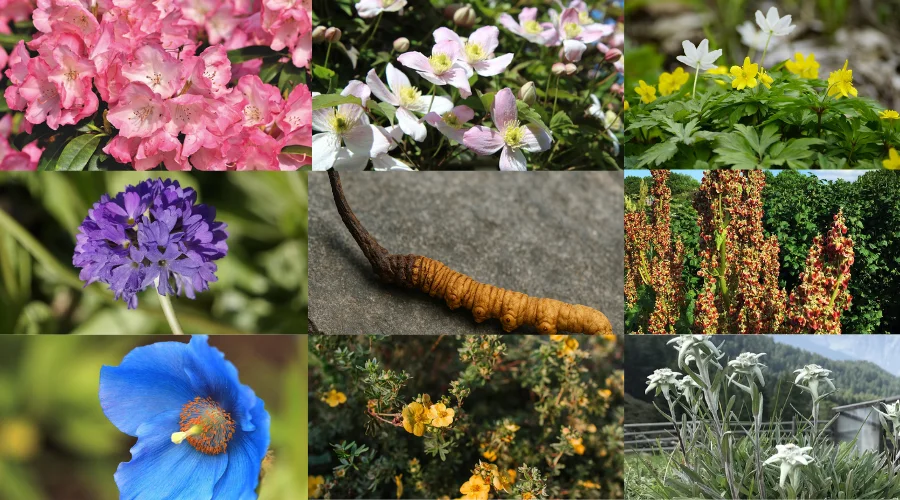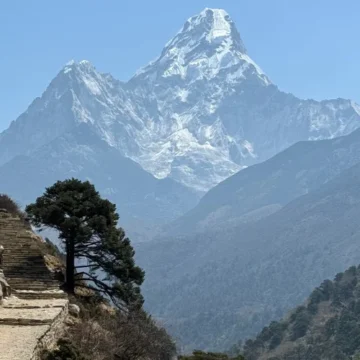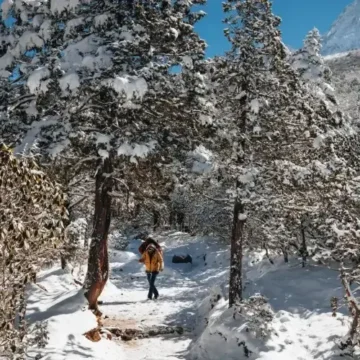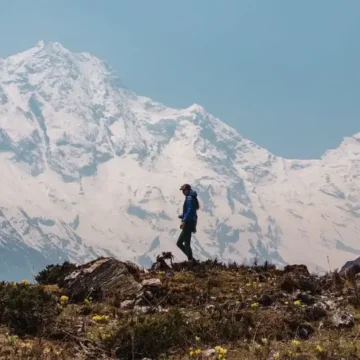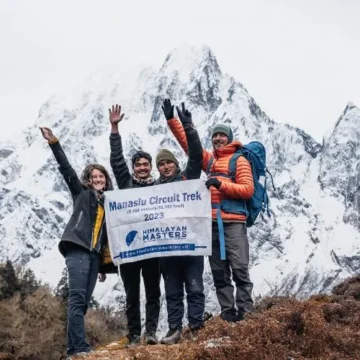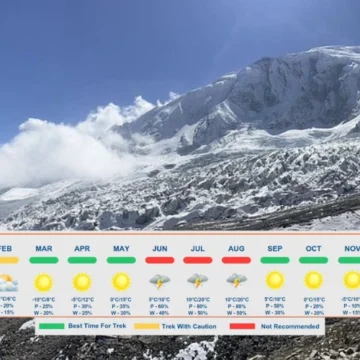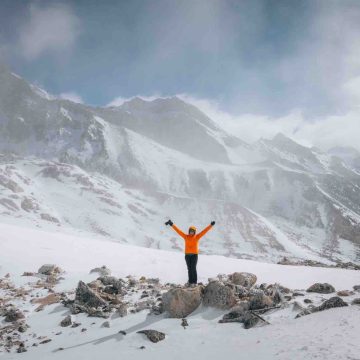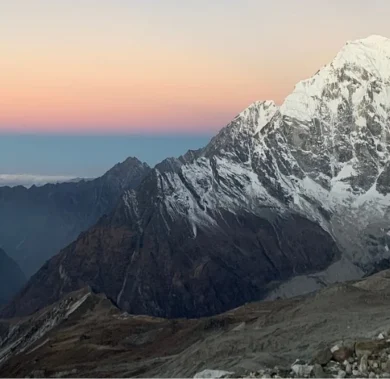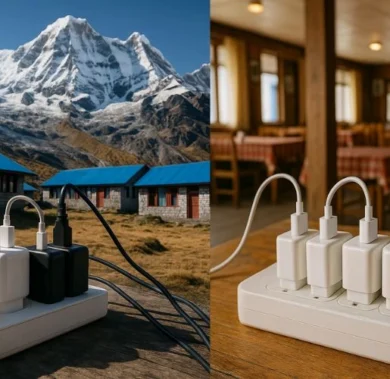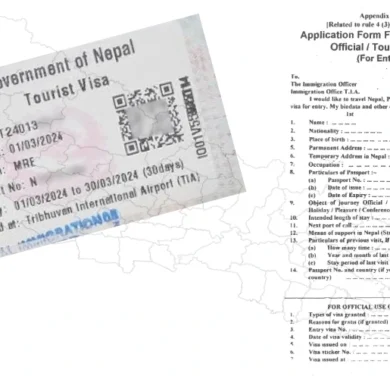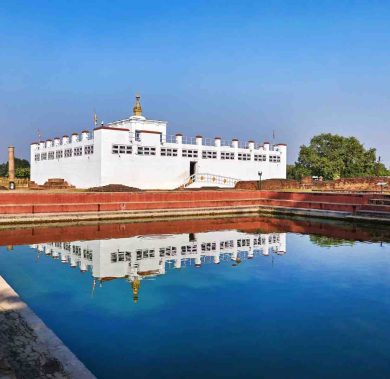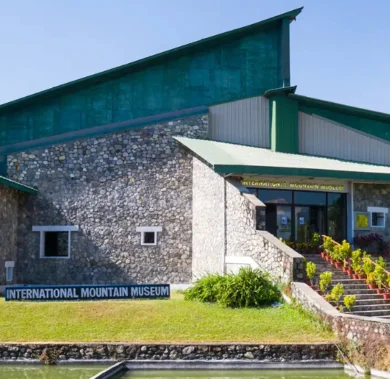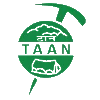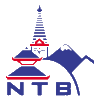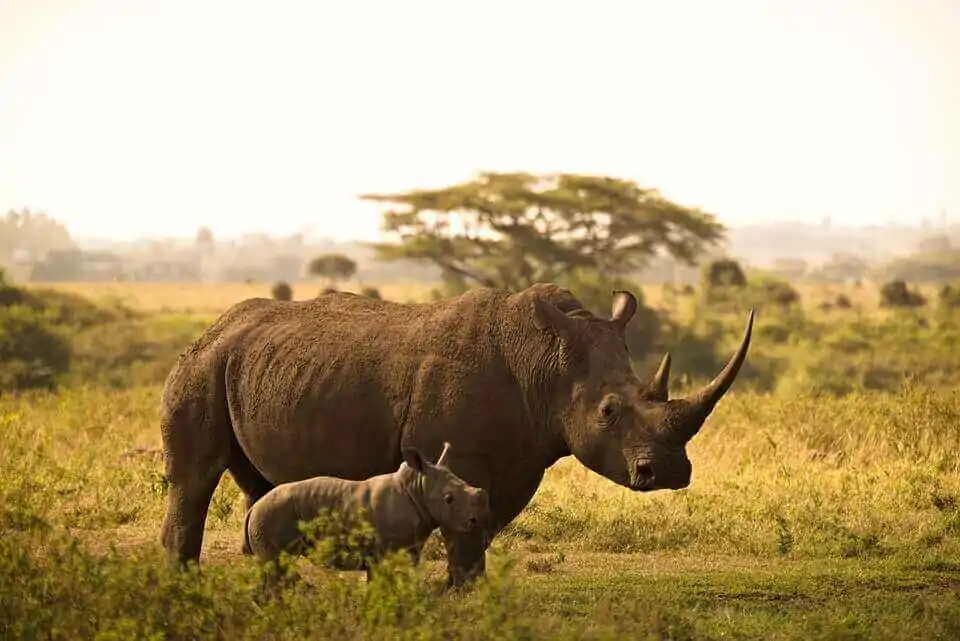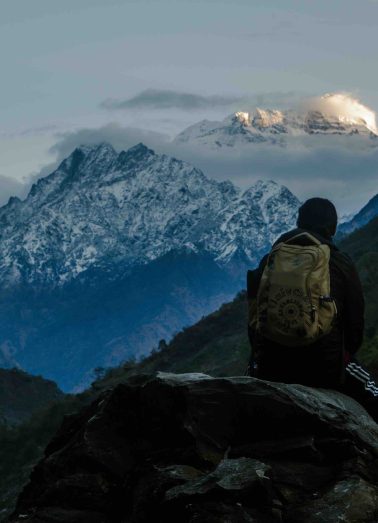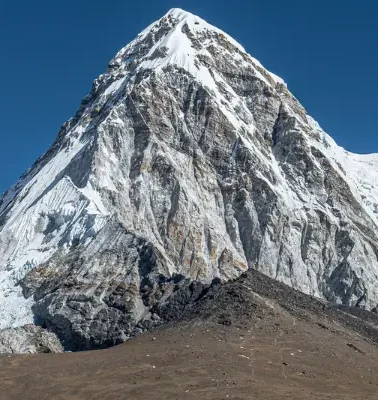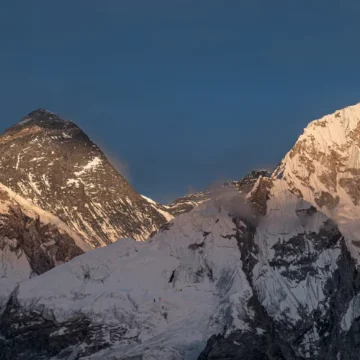
Top Medicinal Plants and Wildflowers on the Manaslu Trek
Table of Contents
The Manaslu Circuit Trek is very beautiful and remote in Nepal. The trek is for more than just to see high snowy mountains and peaceful villages. Medicinal Plants on Manaslu Trek are beneficial for their therapeutic properties, which we utilize to address various health issues.
In the Himalayan region, these plants are the foundation of traditional medicine systems, such as Ayurveda and Tibetan medicine, for generations. As you hike the trail, you will see great diversity in plant and flower species. Many of them are used in traditional medicine and are an integral part of local culture.
Wildflowers are species of flowers that grow in the natural environment. They appear in forests, meadows, and hillsides, particularly in the spring and early summer.
On the Manaslu trail, you will see many types of wildflowers that bring colour and life to the scenery. These flowers play a crucial role in the environment, as they attract bees, butterflies, and other insects that, in turn, facilitate pollination.
Top 5 Medicinal Plants Along the Manaslu Trail
You will encounter various Medicinal Plants on Manaslu Trek. They are very beneficial for both the locals and the country’s economy.
1. Yarsagumba (Cordyceps sinensis)
Yarsagumba is a rare medicinal fungus that grows out of a caterpillar’s body in high-altitude meadows.
It’s high in value in traditional medicine for boosting energy, immunity, and stamina. Locals call it “Himalayan Viagra,” and it’s best to harvest from May–June.
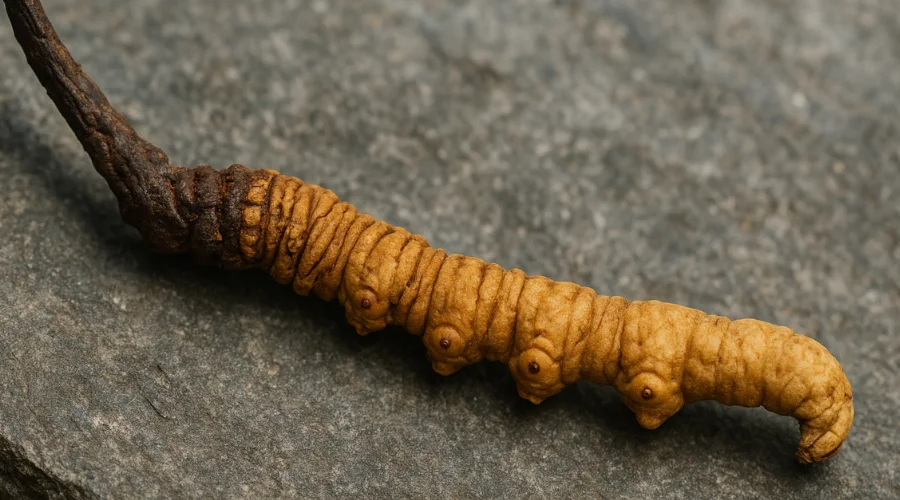
- Altitude: At elevations from 3,500 to 5,000 meters.
- Where to find: Mostly in the high mountains of Samagaon, Samdo, and Tsum Valley in the Manaslu Conservation Area.
- Uses: Boosting stamina and energy, treating sexual disorders, Enhancing the immune system, Managing kidney and liver problems.
- Local Use: Locals include it in herbal teas. Additionally, they use it in soups or dry it and sell it as a medicinal product.
- Where to Buy & Price: Available at Samagaon, Chhekampar, and Chumling.
- Prices: From Rs.2.5 lakh to Rs.10 lakhs or even more per kg as the quality improves.
- How It’s Sold: Sold by the piece (Gota) and by the kilo, usually of dried product.
- Prime Locations: Mountain pastures of Samagaon, Prok, and Nile.
- Season: From May through to June is the best time for it.
- Where and How to Identify: This grows from the base of a dead caterpillar, accompanied by a small, brown shoot that is visible.
Legal Status:
- Picking Yarsagumba without permission is illegal.
- Requiring local government approval or community forest agreement.
- The collection is covered by the Manaslu Conservation Area Project (MCAP) rules.
2. Kutki (Neopicrorhiza scrophulariiflora)
Kutki is a bitter herb found in alpine areas of Manaslu, especially near Samagaon. It is used in Ayurvedic and Tibetan medicine to treat liver problems, fevers, and digestive issues. The dried root is the most commonly used part of the plant.
- Altitude: Between 3,000 to 4,500 meters.
- Where to find: Mainly in Samdo, Bimthang, at Larke Pass.
- Uses: Used to treat symptoms of the common cold, liver issues, and digestive problems.
- Local Use: Locals use the root that they dry for traditional medicine.
- Where to Buy & Price: Available at local health stores or herb stands, the price ranges from Rs.500 to Rs.1,000 for 100 grams.
- How It’s Sold: Primarily by the kilo, dried.
- Prime Locations: Larke Pass and Samdo Alpine Fields.
- Season: From August through to October is the best.
- Where and How to Identify: In rocky and grassy terrains, which also include purple-flowered and bitter-rooted plants.
- Legal Status: Unregulated; you need permission from MCAP or local cooperatives.
3. Nirmasi/ Chiraito (Swertia chirayita)
Chiraito is a tall, bitter herb found in the mid-hill areas of Manaslu, especially around Philim and Namrung. It’s widely used to treat fevers, malaria, diabetes, and liver problems. Locals boil it into tea, and it’s legally sold in small amounts by villagers.
- Altitude: Grows between 1,500 to 3,000 meters.
- Where to find: In Philim, Deng and Namrung areas.
- Uses: Treats fevers, malaria, diabetes, and liver issues.
- Local Use: Boiled into tea or mixed with other herbs.
- Where to Buy & Price: Sold by local village and herb collectors in the range of Rs.200 to 600 per 100 grams.
- How It’s Sold: Sold in bulk or as a powder.
- Prime Locations: Hillside forests and cleared farm fields near Philim.
- Season: The best time of year is September to November.
- Where and How to Identify: Tall herb that has yellow-green flowers and bitter stems.
- Legal Status: It is legal to collect for personal use, but permission is required for commercial sale.
4. Padamchal/ Himalayan Rhubarb (Rheum australe)
Himalayan Rhubarb grows in high altitudes near Lho and Samagaon, with its large leaves and red stalks making it easy to spot. The bitter root is used to address digestive issues, promote wound healing, and alleviate constipation. It’s sold dried or powdered in the local markets.
- Altitude: Found at an altitude of between 3,000 and 4,800 meters.
- Where to find: Present in Lho, Sho, and Samagaon.
- Uses: Used in digestive issues, wounds, and constipation.
- Local Use: Locally, the root is used by boiling it, which also involves making a paste.
- Where to Buy & Price: They sell and dry in villages and use for local healing.
- Price: Rs.400 to 800 per 100 grams.
- What to sell: Dry root in powder and slices.
- Prime Locations: Slopes and forest fringes in Lho and Samagaon.
- Season: From May to September.
- Where and How to Identify: Large leafed plant with red stalk and bitter root.
- Legal Status: Harvesting is allowed but for non-commercial use only.
5. Sugandhawal/ Spikenard (Nardostachys jatamansi)
Sugandhawal is a sweet-smelling herb found in the higher Manaslu region, especially in moist alpine zones. Its roots are used to make oil, incense, and natural medicines for stress, sleep disorders, and anxiety. It holds both cultural and medicinal value in local communities.
- Altitude: Rises to 5,000 meters.
- Where to find: In Tsum Valley and Nubri regions.
- Uses: Used in perfumery, for stress relief, and also for insomnia.
- Local Use: Burnt for incense use or in oil.
- Where to Buy & Price: Sold in Gumba Lungdang, Chhokangparo and Philim at the rate of Rs.1,000 to 1,500 per 100 grams.
- How to sell: Roots, oil extract, or incense powder.
- Prime Locations: High mountain meadows of Chhokangparo and Nile.
- Season: From August to October.
- Where and How to Identify: A small plant that flowers, with thick roots and purple flowers.
- Legal Status: Protected by the locals has permission for harvest and export.
10 Great Wildflowers Along the Manaslu Trek
The Manaslu Circuit Trek is a haven for spotting wildflowers. The variety of wildflowers you will find on the way will amaze your mind.
1. Primula (Primula denticulata)
Primula, which also goes by the name of Drumstick Primrose, is a very beautiful wildflower that you will see along the Manaslu trek.
It blooms from April to June in the moist meadows and grassy slopes between Namrung, Lho, and Samagaon, at an altitude of 2500 to 4200 meters, which is also the main time these flowers are visible. They have round clusters of growth on tall stems.
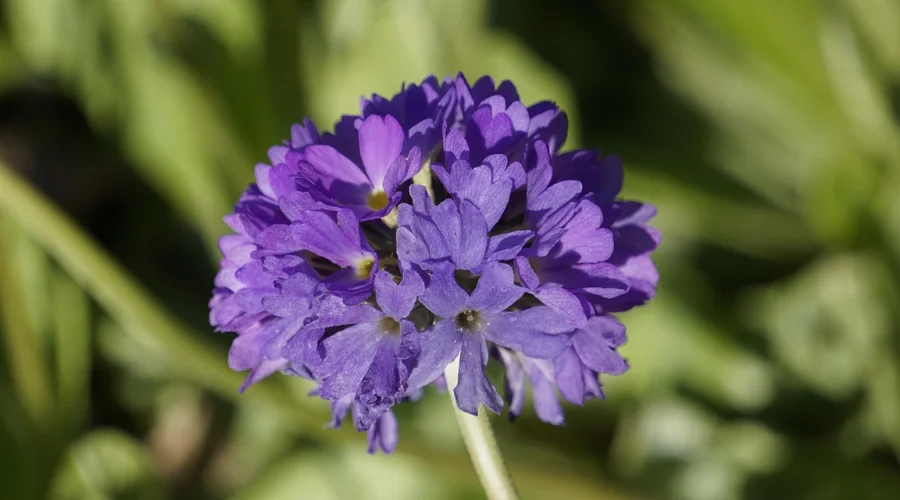
They bloom in a range of colours, from purple to pink to lavender and occasionally white. They add a lovely touch to the spring landscape and are favourite of both visitors and residents.
2. Blue Poppy (Meconopsis spp.)
In the high alpine regions of Samdo and near the Larke Pass, the Himalayan Blue Poppy, a rare and stunning flower, usually grows at altitudes above 3,500 meters.
Blooming from June to August, this delicate flower features silk-like petals and a golden centre, sporting bright sky-blue to violet colours. It is the most sought-after wildflower in the Himalayas and is a symbol of peace and serenity.
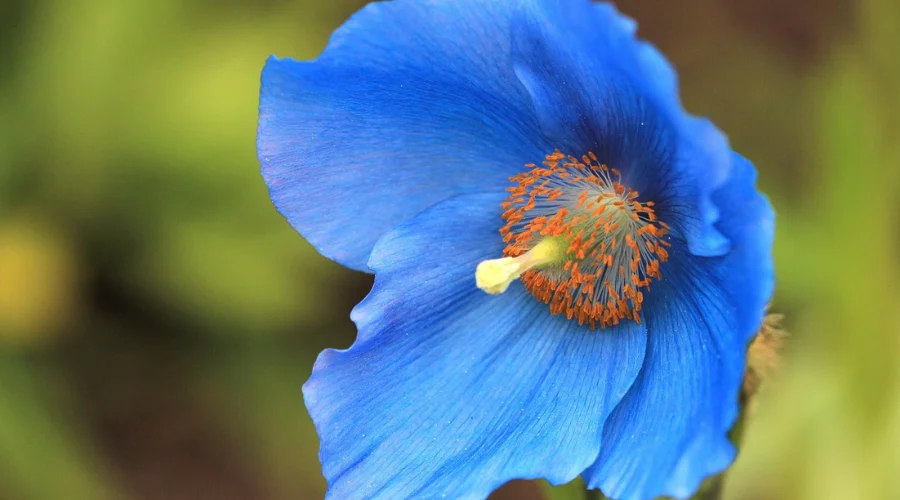
3. Rhododendron (Rhododendron arboreum)
Rhododendrons are the most well-known flowers of Nepal and also the national flower of the country. On the Manaslu trek, you will see these beautiful blooms in the forests of Jagat, Deng, and Ghap, which range from 2,000 to 3,800 meters.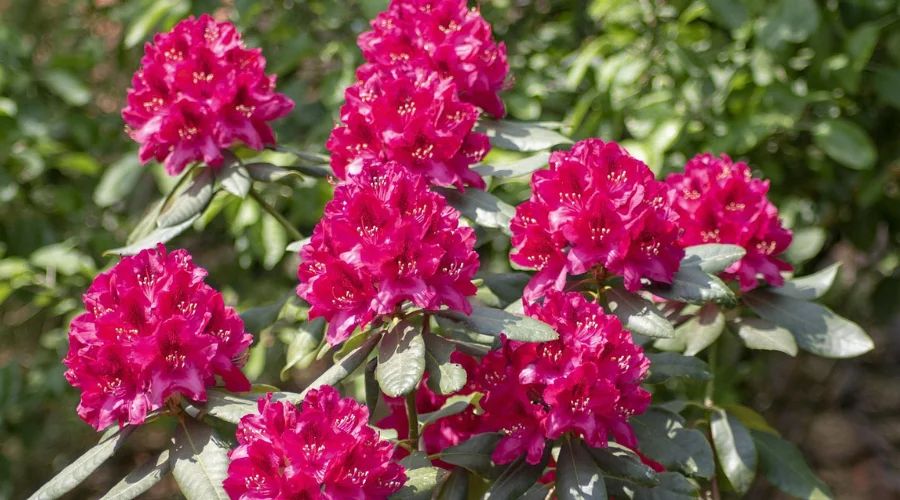 Red Rhododendron in Nepal
Red Rhododendron in Nepal
From March through May, they bloom, which in turn cover the hills in reds, pinks, white and even purple. Locals use rhododendron petals in pickles and herbal drinks.
4. Cobra Lily (Arisaema spp.)
Cobra Lily is an atypical and very interesting species of flower that may be found in the shadier and forested areas of the trail in Philim, Deng, and Namrung.
At altitudes of 2,000 to 3,500 meters, and in the months of April to June, it blooms. It. Additionally, it bears a resemblance to a cobra-like appearance, which is the origin of its name.
It is in the dark shades of purple, green and maroon. Some parts of the plant are use as local herbal remedies, but it can be toxic when not make properly.
5. Edelweiss (Leontopodium himalayanum)
This classic white flower is a rarity in the Himalayan region, for which it is known for its soft and woolly texture. On the Manaslu trek, we can find it at altitudes of 3,500 meters and above, particularly at Larke Pass and Bimthang, on rocky slopes.
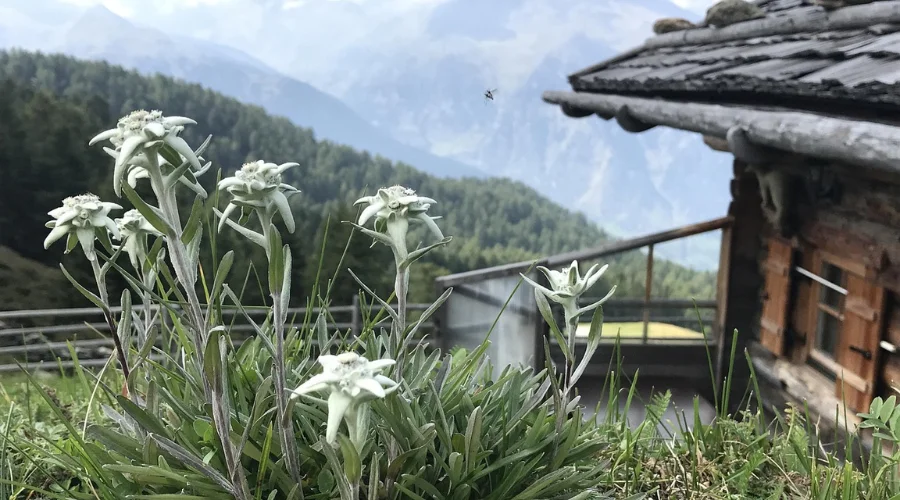
Edelweiss flowers between the months of June and August and are white or light cream in colour.
6. Gentiana (Gentiana spp.)
Gentiana, a small yet vibrant wildflower, can be seen growing in grassy, open fields along the trail, primarily between Lho and Samagaon. It flowers from May to September at altitudes which range from 2,800 to 4,200 meters.
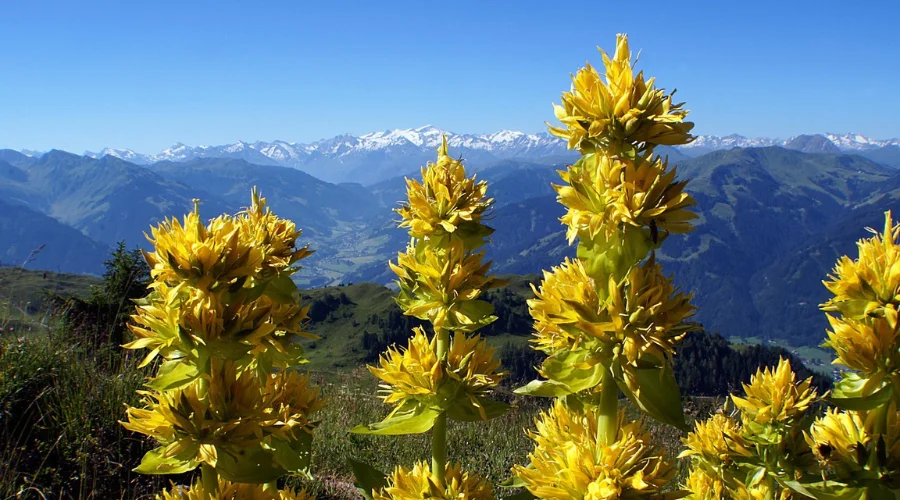
These flowers have a deep blue to purple tone and a star or trumpet shape. Additionally, we can use it as traditional medicine to treat stomach and liver issues.
7. Himalayan Anemone (Anemone obtusiloba)
This pretty flower graces high-altitude meadows along the Manaslu trekking route. It flowers from April to July in open, grassy fields between Namrung, Samagaon, and Samdo, which range in altitude from 2,800 to 4,500 meters.
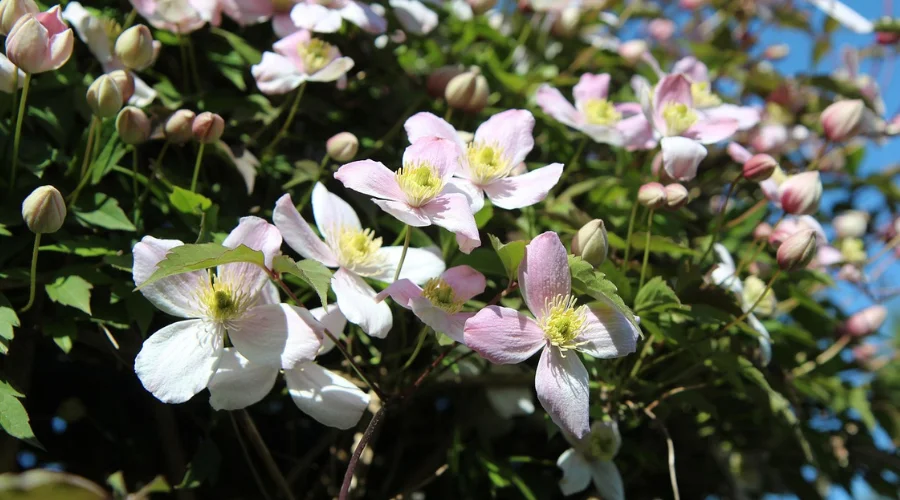
The flowers of that area are blue, violet and also, at times, white with bright yellow centres. At festivals and village events, locals do so admire them.
8. Himalayan Balsam (Impatiens glandulifera)
Along riverbanks and by streams, Himalayan Balsam thrives in areas such as Philim, Jagat, and Ghap at altitudes ranging from 1,800 to 3,200 meters. It blooms from June to September in shades of pink, purple, and violet.
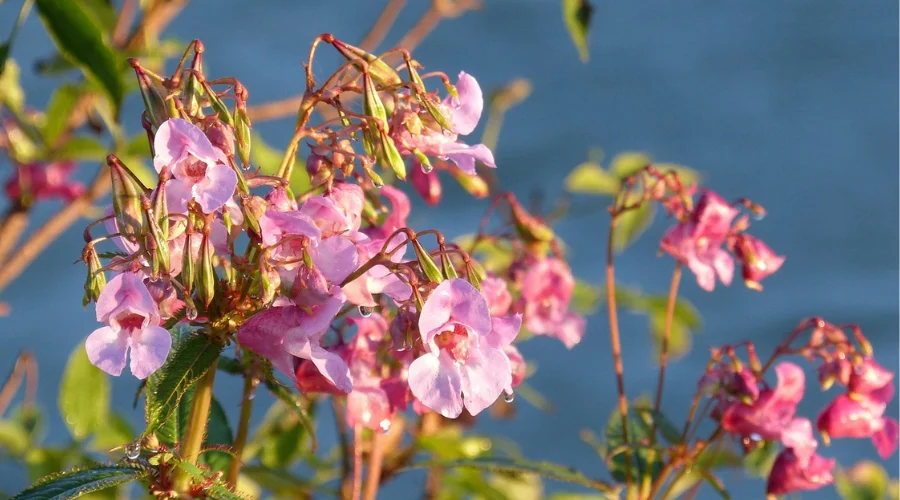
The flowers, which have very distinct shapes, also attract bees and butterflies. We use them in preparing paste for skin issues.
9. Clematis (Clematis montana)
Clematis is a pretty climbing flower that you see at many houses and monasteries in villages like Deng and Namrung. It grows at an elevation of 1,800 to 3,000 meters and flowers from April to June.
Star-shaped flowers, which are mainly white or light pink in colour, also have a sweet scent. In the local culture, they use it for decorative purposes and bring an element of soft beauty to trekking villages.
10. Himalayan Cinquefoil (Potentilla spp.)
This is a little wildflower that has five petals and which you see in the rocky meadows and slopes of Samdo, Bimthang and near Larke Pass at altitudes of 2,500 to 4,500 meters.
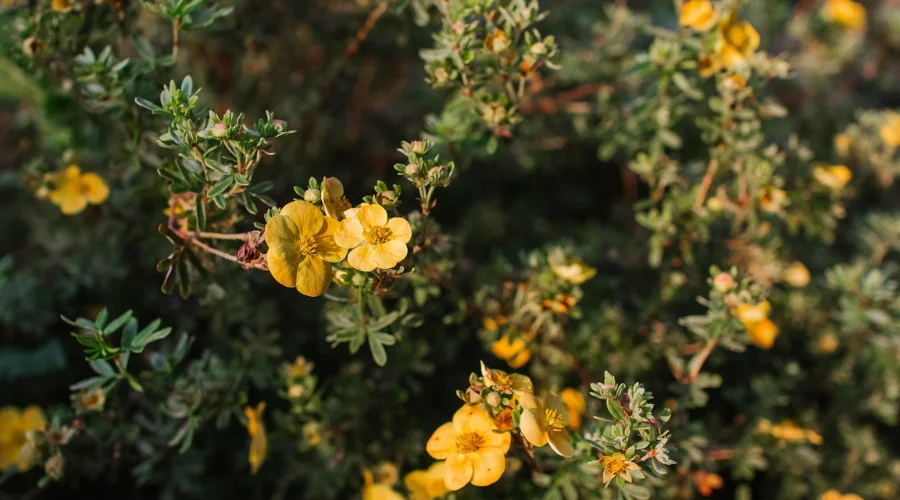
It blooms from May to August, and we see it in yellow, pink, and white. In some areas, locals use it to make herbal teas, which help swith digestion.
Plants Conservation Notes
The Manaslu Conservation Area is a protected area rich for its biodiversity. We see many rare and endangered plant species here, which also tend to grow along the trekking routes.
The Government makes certain rules that one must follow to conserve the plants:
- Do not collect wildflowers or plants out of the fields. Also, even if they are common-looking, some of those species are at risk of extinction.
- Medicinal species, of which Yarsagumba and Kutki are examples. You will need special permits for the collection and trade of these items.
- Local communities play a role in conservation. They bring to the table traditional knowledge and sustainable practices, which in turn protect plant life.
- Litter and destruction, which we see in meadows and forests, is an issue for very delicate plant ecosystems.
- Steer clear of unmarked trails in alpine and meadow areas, which are home to small wildflowers and herbs.
- Yarsagumba collection is for local people and is harvest only during specific months of May and June, with permits.
- Village communities regulate grazing and overharvesting.
Similar Post: Top 6 Most Beautiful Conservation Areas of Nepal
Tips for Identifying Flowers and Plants along the Manaslu Route
Manaslu trek is a great opportunity to see a wide variety of wildflowers and rare plants. So, here are some tips that will help you out on the trail:
- April through June, which is springtime, is the best season for Primulas, Rhododendrons and Orchids.
- During the monsoon season (July to September), it is great for herbs and green growth.
Spotting Tips:
- Tread slowly and see into shaded, wet areas like streams and forest edges.
- Carry your phone’s camera or binoculars to see into the distance or close.
- Use tools like Plant Snap and Seek for accurate plant identification.
- So, ask your local guide; they know which plants in Nepal have what use.
- Do not tread on the flower beds or pull out the herbs.
- In the mornings, it is better to go out and see which plants are in which before the sun gets too high.
Which Routes for Medicinal Plant and Wildflowers Watching
While you are on the Manaslu Circuit Trek you willl find the following locations best for finding the plants:
- Machha Khola to Jagat (900m–1,300m): Tropical climate ferns, bamboo, and shrubs.
- Philim to Deng (1,600m–1,800m): Dense Forest which is home to many species of orchids, lichens and mosses.
- Namrung to Lho (2,400m–3,200m): Rhododendrons, primroses, and blue poppies begin to show.
- Samagaon and Samdo (3,500m–4,000m): In the Alpine zone, which includes Edelweiss, Gentians and Yarsagumba.
- Larke La Pass (5,106 m): High in the mountains, also at the tundra level, you’ll find mosses, lichens, and low-growing cushion plants.
12 Surprising Facts You Didn’t Know!
We have made a list of some of the random fun facts that you may not know about the plants in Nepal:
- Yarsagumba is a type of insect and fungus that infests a caterpillar and grows out of its head.
- Some species of Aconitum (Bikh), which are very toxic, are used in very small amounts in Ayurvedic medicine.
- The Blue Poppy is a very rare flower, often referred as the Himalayan Ghost.
- Locals eat rhododendron flowers; in fact, they turn them into sour pickles.
- You typically see the Edelweiss flower, which also grows in the high regions of Manaslu and is considered a symbol of love and bravery.
- In that area, some mosses and lichens are available, which are over a hundred years old and grow at a rate of a few millimetres per year.
- Many, which also include saffron and indigo, are what many village people use for dyeing clothes.
- Not all berries you see along the trail are edible; some are toxic; ask first!
- Yarsagumba grows in May and June and can cost over NPR 8-10 lakh per kilogram.
- Wild Garlic and Stinging Nettle (Sisno) are prepared as vegetables.
- Bikh (Aconitum), which is very toxic when not make correctly.
- Some species of wild mushrooms and berries do cause stomach issues or poisoning.
Want to know more?
Speak to an Expert





Sandip Dhungana
Nepal 🇳🇵
Whatsapp: +977-9823636377

